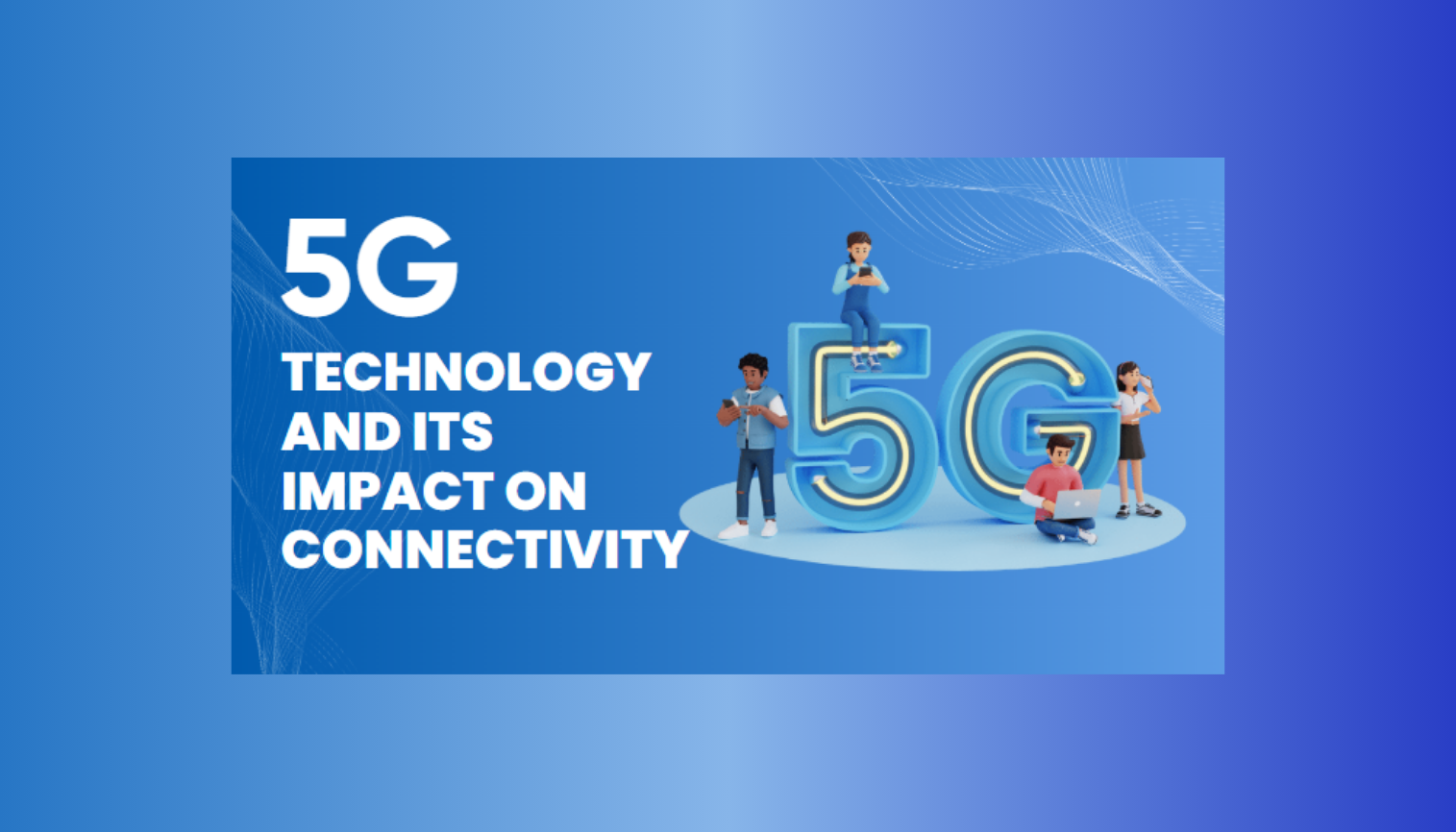The rollout of 5G technology marks a transformative leap in the world of connectivity. Offering unprecedented speed, low latency, and enhanced network capacity, 5G is set to redefine how we interact with digital platforms. In this article, we’ll explore the key features of 5G and its profound impact on industries, consumers, and global connectivity.
What is 5G Technology?
5G, or fifth-generation wireless technology, is the successor to 4G LTE. It is designed to provide:
Ultra-Fast Speeds: Speeds up to 100 times faster than 4G.
Low Latency: Response times as low as 1 millisecond.
Massive Device Connectivity: Support for millions of devices per square kilometer.
These capabilities are driving innovations in areas such as autonomous vehicles, smart cities, and immersive virtual experiences.
The Benefits of 5G Technology
1. Enhanced Mobile Experiences
With faster download and upload speeds, 5G enables seamless streaming of high-definition videos and gaming. It also supports emerging technologies like augmented reality (AR) and virtual reality (VR).
Example Use Case: Gaming enthusiasts can enjoy lag-free multiplayer games with real-time interactions.
2. Revolutionizing Industries
From healthcare to manufacturing, 5G is fueling industry-specific advancements.
Healthcare: Enables remote surgeries using robotic systems with minimal delays.
Manufacturing: Supports smart factories with real-time monitoring and automation.
3. Boosting IoT Connectivity
The Internet of Things (IoT) relies on robust connectivity. 5G’s ability to connect billions of devices simultaneously will accelerate the adoption of IoT in smart homes, agriculture, and logistics.
4. Supporting Autonomous Vehicles
Self-driving cars require real-time communication with other vehicles, infrastructure, and cloud systems. 5G’s low latency makes this possible, paving the way for safer roads.
Challenges in Implementing 5G
While 5G promises immense potential, its adoption faces several challenges:
Infrastructure Requirements: Deploying 5G networks requires significant investment in new towers and equipment.
Spectrum Allocation: Governments must allocate sufficient spectrum for 5G operations.
Security Concerns: As connectivity increases, so do the risks of cyberattacks. Learn more about cybersecurity measures.
5G’s Impact on Global Connectivity
Bridging the Digital Divide
5G has the potential to bring high-speed internet to underserved rural and remote areas, enabling access to education, healthcare, and economic opportunities.
Advancing Smart Cities
Smart cities rely on connected devices for efficient energy use, traffic management, and public safety. 5G networks provide the backbone for these innovations.
Enhancing Remote Work
The COVID-19 pandemic highlighted the importance of reliable internet for remote work. 5G ensures seamless video conferencing, cloud computing, and collaboration tools.
Conclusion
5G technology is more than just faster internet; it’s a catalyst for innovation across various sectors. As businesses and individuals embrace this next-generation connectivity, the possibilities are limitless.






